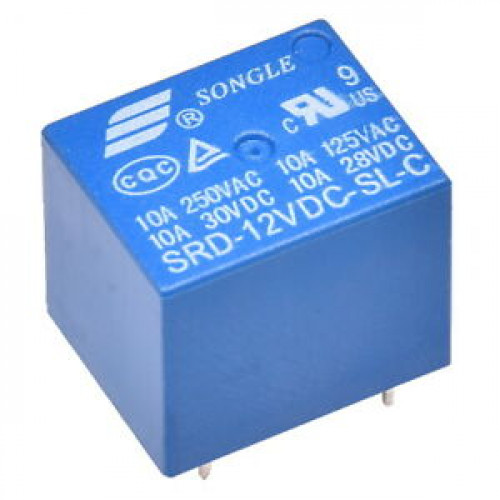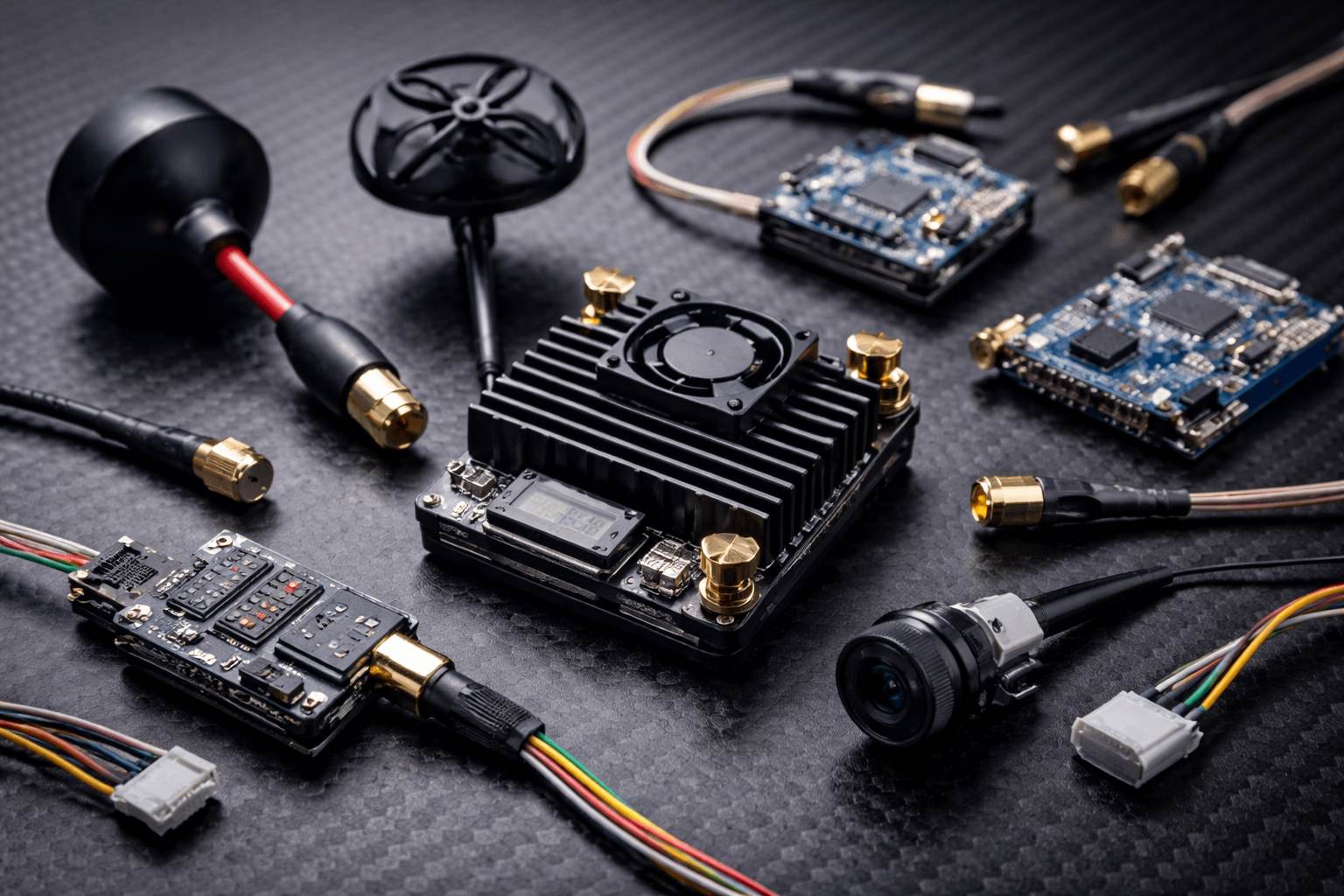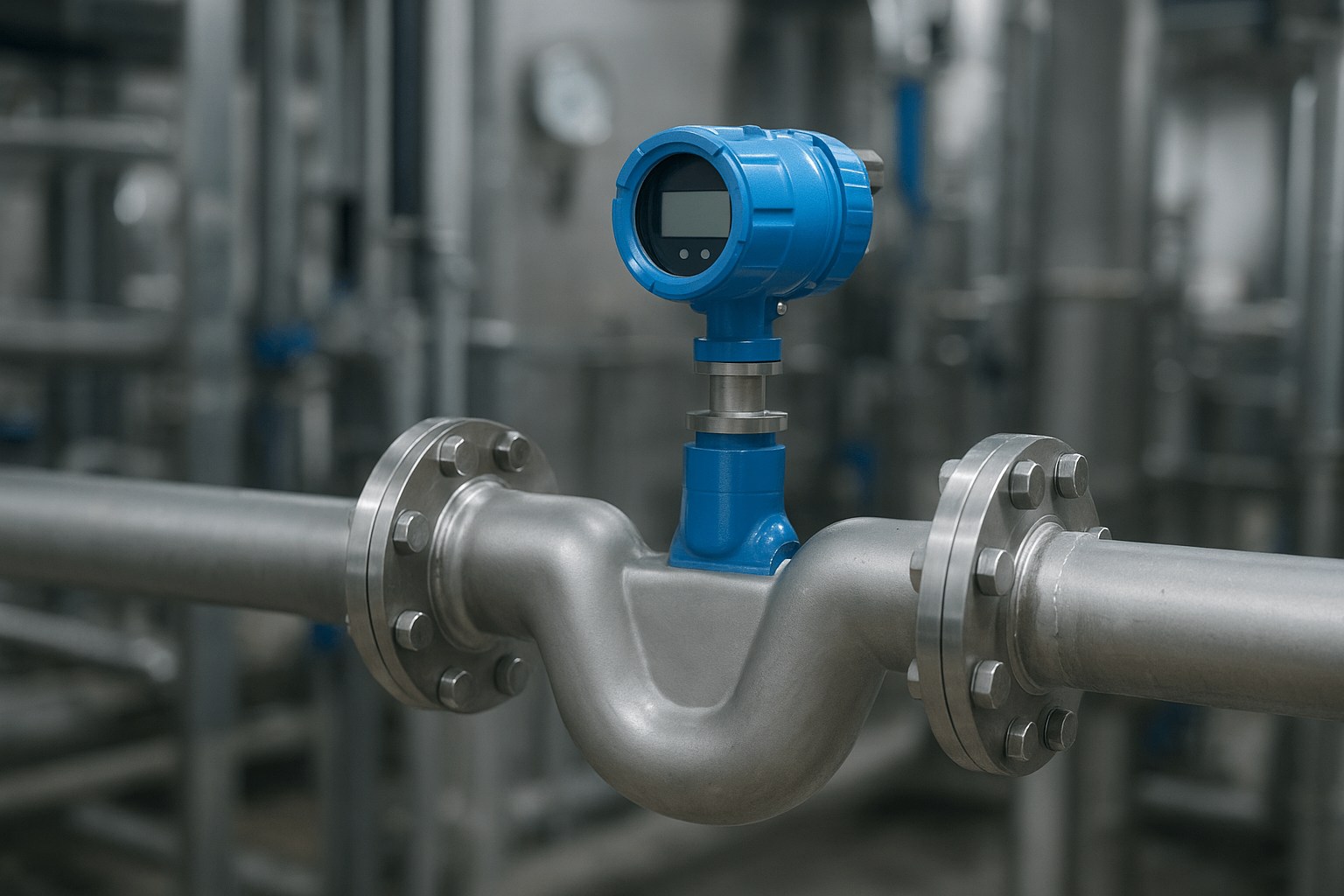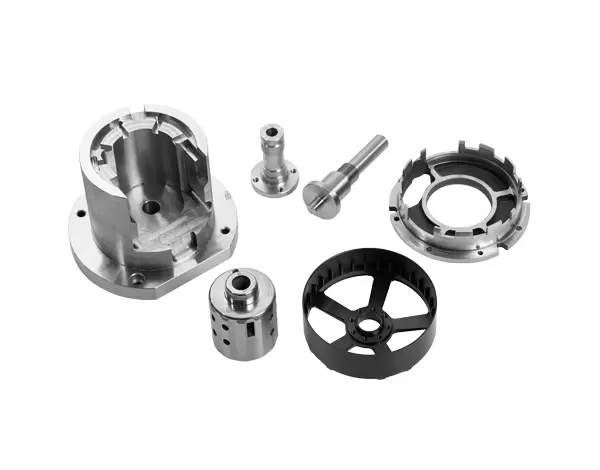
In the realm of technology, two terms that often surface when discussing storage devices are "mechanical" and "solid state." These terms refer to different types of storage technologies, each with its own set of characteristics and benefits. In this article, we will delve into the intricacies of mechanical and solid state storage, exploring their differences, advantages, and applications.
- Understanding Mechanical Storage:
Mechanical storage, also known as traditional or hard disk drive (HDD) storage, has been the dominant technology for decades. It utilizes spinning magnetic disks, known as platters, to store and retrieve data. A mechanical arm with read/write heads moves across the platters to access the desired information. HDDs are known for their large storage capacities and relatively lower cost per gigabyte. - Unveiling Solid State Storage:
Solid state storage, on the other hand, represents a newer technology that has gained significant popularity in recent years. Unlike mechanical storage, solid state drives (SSDs) do not rely on moving parts. Instead, they employ flash memory chips to store data. This absence of mechanical components results in faster data access times, improved reliability, and reduced power consumption. - Speed and Performance:
One of the key distinctions between mechanical and solid state storage lies in their speed and performance. SSDs outshine HDDs in terms of read and write speeds, as well as random access times. This advantage makes solid state storage ideal for applications that require quick data retrieval, such as operating systems, gaming, and multimedia editing. Mechanical storage, while comparatively slower, still holds its ground in scenarios where massive storage capacity is paramount, such as data centers. - Durability and Reliability:
Mechanical storage is susceptible to physical damage due to its moving parts. Vibrations, shocks, and drops can lead to data loss or drive failure. On the contrary, solid state storage is more durable and resistant to physical impact. With no moving parts, SSDs can withstand harsh environments, making them suitable for portable devices like laptops and tablets. - Power Consumption and Noise:
Another aspect where mechanical and solid state storage differ is power consumption. HDDs require more power to operate due to the spinning platters and moving arm. This higher power consumption results in increased heat generation and noise production. SSDs, being solid state devices, consume less power, generate less heat, and operate silently. This makes them ideal for energy-efficient systems and noise-sensitive environments. - Cost Considerations:
While solid state storage offers numerous advantages, it tends to be more expensive than mechanical storage on a per-gigabyte basis. However, the cost of SSDs has been steadily decreasing over time, making them more accessible to consumers. The decision between mechanical and solid state storage often boils down to the specific requirements of the user, considering factors such as budget, performance needs, and storage capacity.
Conclusion:
In summary, mechanical and solid state storage technologies have distinct characteristics that set them apart. Mechanical storage, with its large capacities and lower cost, remains relevant for applications that prioritize storage space. On the other hand, solid state storage excels in terms of speed, durability, power efficiency, and reliability. As technology advances, the line between these two storage types continues to blur, with hybrid solutions emerging to combine the strengths of both. Ultimately, the choice between mechanical and solid state storage depends on the specific needs and priorities of the user.



